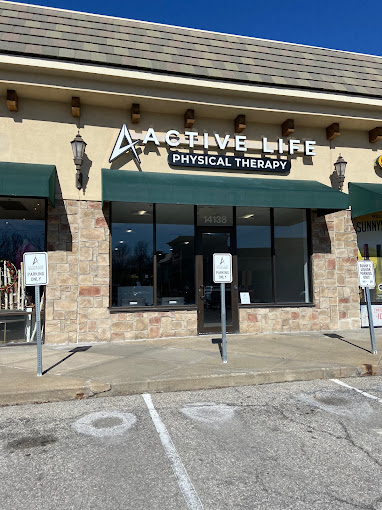
For those who cherish staying active and exploring new adventures, a hip replacement can be a pivotal step toward regaining your mobility and enjoying life to the fullest. Understanding the recovery process will empower you to navigate your rehabilitation journey successfully.
A hip replacement is a surgical procedure that involves removing a damaged hip joint and replacing it with an artificial joint. While this surgery can significantly reduce pain and improve function, recovery requires dedication to rehabilitation and a clear understanding of what to expect.
At Active Life, we emphasize an Active Treatment approach during rehabilitation. Our goal is to help you regain strength, improve mobility, and return to your daily activities as efficiently and safely as possible.
What to Expect After Hip Replacement
Please note that recovery timelines and protocols may vary depending on the surgeon's specific approach and your individual circumstances. Always follow your surgeon’s guidance for the most accurate expectations.
Red Flags In Recovery
During your recovery, it's important to be aware of potential complications. If you experience any of the following symptoms, contact your healthcare provider immediately:
For any questions regarding these symptoms, please consult your physician.
Medication
Take any medications prescribed by your physician as directed. This includes pain management medications, anti-inflammatory drugs, and antibiotics if prescribed. Adhering to your medication regimen can help ensure a smoother recovery.


How To Choose Active Life For Your Recovery
You have the freedom to choose where you want to receive your physical therapy.
If you would like to come to Active Life, please ask your doctor to send a referral to us. Alternatively, you can request a script from your physician to bring to your appointment or send to us directly.
If you are preparing for or recovering from a Hip Replacement, our expert team is here to guide you through each phase of rehabilitation.
Contact us today to schedule your initial evaluation and take the first step toward a pain-free, active lifestyle!

